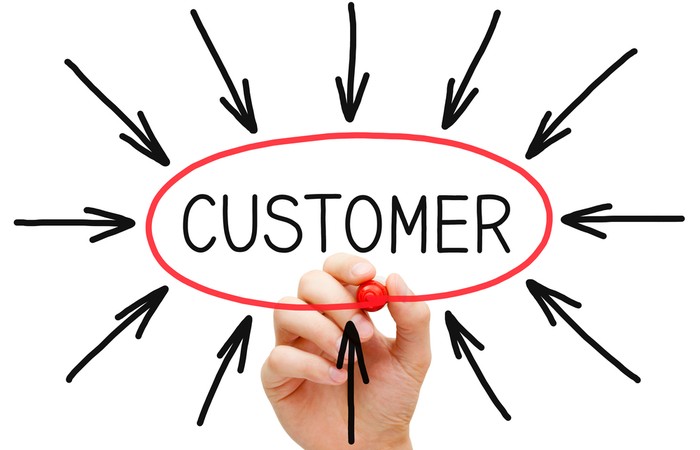24 Jun

In the fast-paced world of tech startups, where innovation and speed are often the keys to success, it’s crucial not to lose sight of the most important element of product development: the user. Thinking from a user’s perspective is not just a design principle to be mindful of; it’s a fundamental strategy that can make or break a new tech product. Here’s why and how startups should prioritize user-centric design.
Understanding User-Centric Design
User-centric design is a framework that places the end-user at the centre of the product development process. This approach involves understanding the users’ needs, problems, and feedback throughout the design and development phases. It requires empathy and a deep commitment to solving real-world issues that users face. Activities like Deisng Sprints in planning and Agile practises in development are there to enable users to be front and centre at all times.
The Importance of Empathy
Startups often operate under tight constraints with limited resources. In such environments, empathy is not merely a nice-to-have but a critical asset that guides the creation of beneficial and relevant products. By empathising with users, startups can design products that are not only innovative but also highly adapted to market needs.
Step-by-Step Approach to User-Centric Design
- Research Your Users: Begin with qualitative and quantitative research. Understand who your users are, what their day looks like, their pain points, and what solutions they might currently be using. This can involve surveys, interviews, and observational studies.
- Develop Personas: Based on your research, create detailed personas of your typical users. Personas help serve as constant reminders throughout the product development process. Make sure you capture what the problem the user is suffering is, how they currently solve or mitigate the problem and what is their goals of using something like your solution.
- Create User Journeys: Map out user journeys to visualize the complete experience of a persona using your product. Identify key interactions and possible points of frustration, and think about how you can mitigate these.
- Prototype Early and Often: Build prototypes and get them in front of users as early as possible. Rapid prototyping and testing here allow you to iterate on feedback without extensive development costs. Consider tools like Figma or Bubble for these to give a real feel for the product you’re building.
- Build, Measure, Learn, Iterate: While building your product give yourself dedicated time to test what’s been built, and not just from a QA perspective. Ensure you test as a real user and if possible get real potential users involved in this to get their honest feedback and ensure that the product that lands in the market is what the market wants.
Benefits of Thinking from the User’s Perspective
- Increased User Adoption: Products designed with the user in mind are more likely to resonate with your target audience, leading to higher adoption rates.
- Competitive Advantage: In a competitive market, a user-focused product can stand out more distinctly and be far more appealing.
- Lower Risk of Product Failure: Understanding your users reduces the risk of building a product that misses the mark.
Challenges and Considerations
While the benefits are compelling, there are challenges too. It requires time to conduct thorough user research and considerable effort to continuously test, but I wholeheartedly believe that it is worth it.
There is also the consideration of balancing user needs with business goals and technical feasibility, and also what you can handle as a business. Your early product might not have all the bells and whistles you want (in fact it shouldn’t) so make sure you are not just a Minimum Viable Product, you need to be a Minimum Viable Business, but more on that next time!

